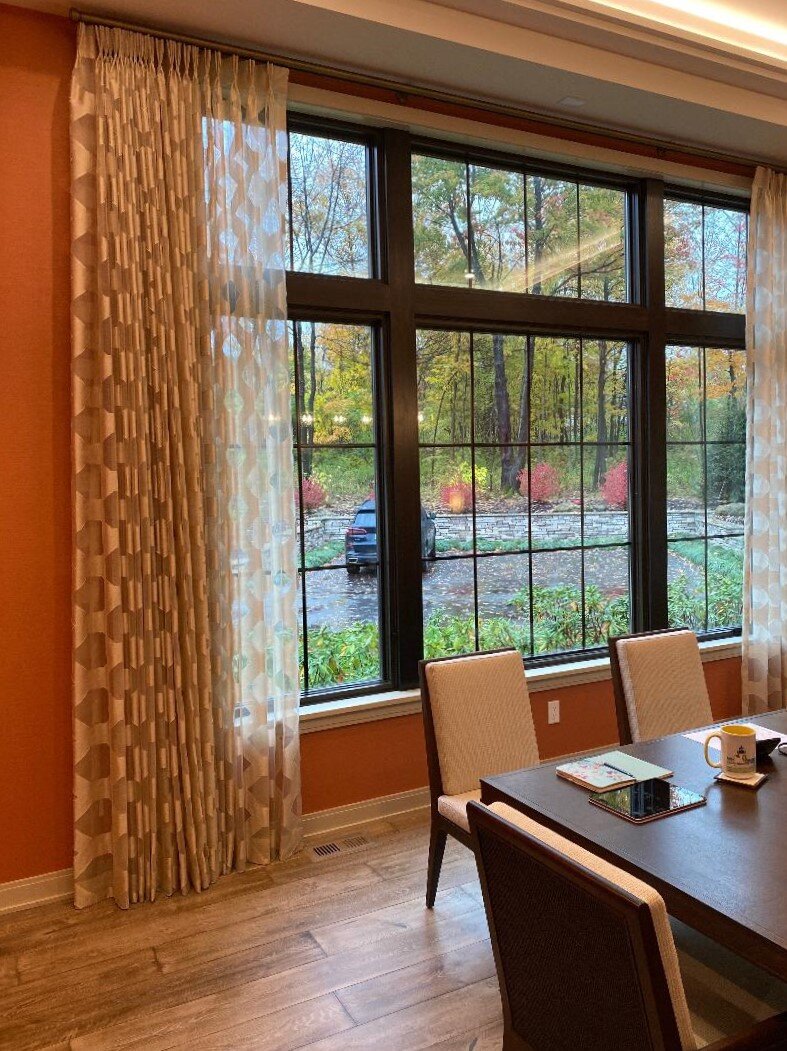Exploring the Difference Between Drapes and Curtains
When it comes to interior design and home decor, even the smallest details can make a significant impact on the overall aesthetic of a room. One such detail that often captures the attention of designers and homeowners alike is the choice between drapes and curtains. While these terms are sometimes used interchangeably, they actually refer to distinct window treatments that serve different purposes and offer varying visual effects. In this blog post, we will delve into the nuances that set drapes and curtains apart, helping you make informed decisions for your interior design projects.
Defining Drapes and Curtains
Curtains: Curtains are lightweight window coverings made from a variety of fabrics, ranging from sheer materials to heavier textiles. They are primarily designed to offer privacy, filter light, and add a touch of style to a room. Curtains typically hang from a curtain rod and come in various lengths, styles, and patterns. Due to their lightweight nature, curtains are well-suited for rooms where natural light is desired, while still maintaining a level of privacy.
Drapes: Drapes, on the other hand, are more substantial window treatments made from heavier fabrics, often lined with additional materials to enhance insulation and light-blocking capabilities. Drapes are generally floor-length and are designed to not only provide privacy and regulate light but also to add a sense of luxury and sophistication to a space. They are often used in formal living rooms, dining rooms, and bedrooms where an elevated aesthetic is desired. Drapes are known for their ability to enhance the overall ambiance of a room by adding texture, color, and depth.
Key Differences
Fabric Weight and Thickness: The most noticeable distinction between drapes and curtains lies in their fabric weight and thickness. Drapes are made from heavier materials, making them ideal for blocking out light and providing better insulation. Curtains, being lighter, allow more light to filter through even when closed.
Length and Formality: Drapes are typically floor-length or puddle on the floor, creating a more formal and opulent appearance. Curtains, on the other hand, come in a variety of lengths and are generally more casual in appearance.
Functionality: While both drapes and curtains offer privacy and light control, drapes excel in their ability to block out light and sound due to their heavier construction. This makes them a great choice for bedrooms or spaces where light reduction is crucial.
Aesthetic Impact: Drapes often have a more significant visual impact due to their substantial nature and luxurious fabrics. They can be a focal point in a room and contribute to its overall design scheme. Curtains, while still decorative, tend to have a lighter visual presence.
Choosing Between Drapes and Curtains
The choice between drapes and curtains ultimately depends on your design goals and the functionality you need. Consider the following factors:
Room Type: Formal spaces like dining rooms and bedrooms might benefit from the elegance of drapes, while casual areas like kitchens and living rooms might be better suited for curtains.
Light Control: If you need to block out light completely, such as in a bedroom, drapes with blackout lining are a smart choice. Curtains can filter light but may not provide the same level of darkness.
Design Style: The overall design aesthetic of your room should guide your choice. Drapes can add a sense of grandeur, while curtains contribute to a more relaxed atmosphere.
In conclusion, while drapes and curtains serve similar functions, their differences in fabric weight, length, and aesthetic impact make them distinct choices for window treatments. By considering the specific needs and design preferences of your space, you can make an informed decision that enhances both the visual appeal and functionality of your interior design.



